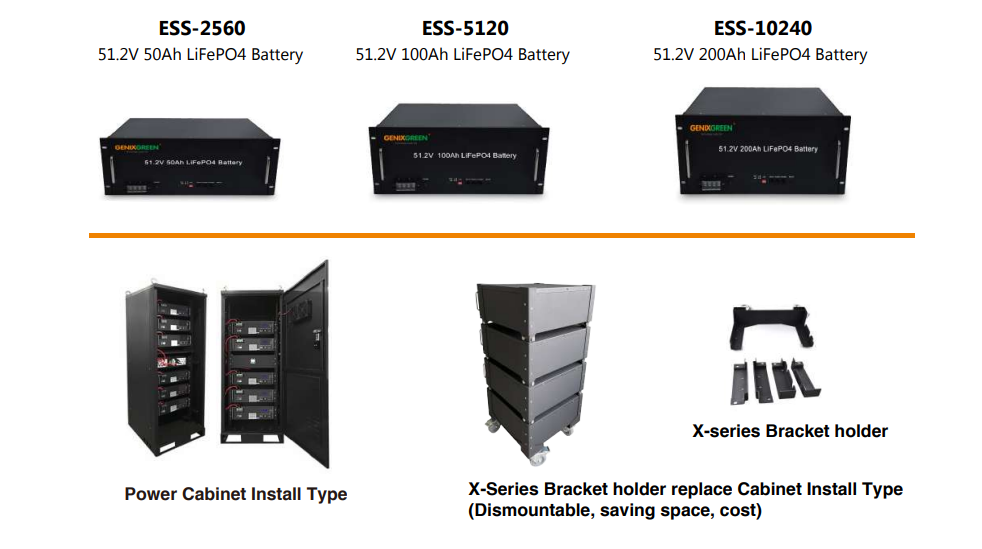Flat lithium-ion batteries can be used as storage devices for electricity obtained from renewable energy sources with variable generation rates, such as solar or wind turbines.
These batteries are sometimes made to have a low self-discharge rate. This means that these batteries can be stored for long periods of time without significant energy loss. These batteries are fully charged directly at the factory and can be used in many applications.
These flat lithium-ion batteries are not only lightweight, but also offer a high power/weight ratio. As mentioned earlier, they are used in a variety of applications such as RC packs, laptop battery repacks, and battery packs for camera batteries.
Flat rechargeable lithium-ion batteries are used in a variety of portable devices and instruments.
Although these batteries have multiple capacities, they are nearly identical to buttons and can be used in many devices. Even some microcontrollers draw less than 1 microamp in standby mode. This means that a 50 mAh battery can run for at least two years between charges.
These flat lithium-ion batteries can also be used for military applications, tags, sensors, and cards. Some come in at power levels of about 2mAH per square centimeter and about 10 mA per square centimeter.
These are not just any batteries. Their quality is unquestionable. They are available in most stores.
Where can you get quality batteries?
Batteries use a solid electrolyte, which limits the possibility of electrolyte leakage, which can be harmful to both the device using the leaking battery and the user of the device using the battery.
Batteries can come in a variety of sizes and shapes, which allows complete flexibility in the design of the various devices they can be used in.
What are the chemical characteristics of flat rechargeable lithium-ion batteries?
Rechargeable lithium-ion batteries store their chemical energy in reactive chemicals in the anode and cathode of the battery. The anode and cathode of a battery typically exchange lithium ions (Li+) in a liquid electrolyte.
In a typical lithium-ion battery with a liquid electrolyte, the electrolyte is passed through a porous spacer. This spacer prevents direct contact between the cathode and anode. This contact is the cause of internal short circuits and potentially dangerous uncontrolled reactions in the cell. The current in a battery is usually transmitted through a conductive collector. This occurs to and from the anode and cathode of the battery terminal (i.e., its negative and positive terminals).

However, this is different in a flat rechargeable Li-ion battery. In flat rechargeable lithium batteries, the electrolyte is always solid and there are other components deposited in layers on the substrate. In some cells, these solid electrolytes can also be used as diaphragms.
Characteristics of flat rechargeable lithium-ion batteries.
Flat rechargeable lithium-ion batteries have a self-discharge rate of less than 3% per month
These cells can be processed at temperatures of less than 60 seconds at 100°C, less than 20 seconds at 120°C, and less than 5 seconds at 140°C.
These batteries have zero memory effect
The discharge termination voltage cutoff is 2.8 volts.
The safety characteristics of these batteries are excellent
High operating voltage (3.6 V)
Excellent charge/discharge cycle characteristics
These batteries have very good and high energy density.
Charge temperature range of 0-45°C and discharge of -20 to +60°C
Advantages and Challenges
Flat rechargeable Li-ion batteries are known for their better performance because they have a higher average output voltage. But it doesn't stop there, it is also lighter than others and therefore has a higher energy density (3x) as well as a longer service life (it can last up to 1200 cycles without degradation), it can also operate over a wider range of temperature ranges (around -20 and 60°C) than typical Li-ion rechargeable batteries.
In this type of battery, two electrodes can be reversibly introduced into the lithium, resulting in a lithium ion transfer cell. In order to manufacture a flat rechargeable Li-ion battery, all components of the battery (e.g., anode, solid electrolyte, cathode, and current) must be made into a multilayer film using an appropriate technique.
In a flat rechargeable Li-ion battery, the electrolyte is typically a solid electrolyte that can be adapted to any shape of cell. This is in contrast to conventional lithium-ion batteries, which typically contain a liquid electrolyte. If the liquid electrolyte is not compatible with the spacer, it is difficult to use them. Liquid electrolytes also typically require an increase in the total volume of the cell, which is not ideal for system designs that require high energy density.
In addition, with flat rechargeable Li-ion batteries, the electrolyte not only acts as a diaphragm, but also as a binder material. This offers the possibility of having a flexible system because the problem of electrolyte leakage or loss is avoided. In addition, it is possible to pack solid systems. They can be packed tightly together, which leads to increased energy density compared to conventional liquid lithium-ion batteries.
The separating materials in these flat lithium-ion batteries can comfortably transport ions through the porous membranes in them, while also maintaining their role as physical separators between the anode and cathode materials to avoid short circuits. One would think they would degrade easily, but this is not the case. Spacers rarely degrade.
One of the few challenges is that their application is limited to the device for which they were designed. This means that they can only be used for the device for which they were designed. The energy stored in them will not provide enough energy for higher energy devices or applications.
The quality of a flat rechargeable lithium-ion battery makes it very useful in any application it is designed for, without affecting the shape or size of the device that uses it.
